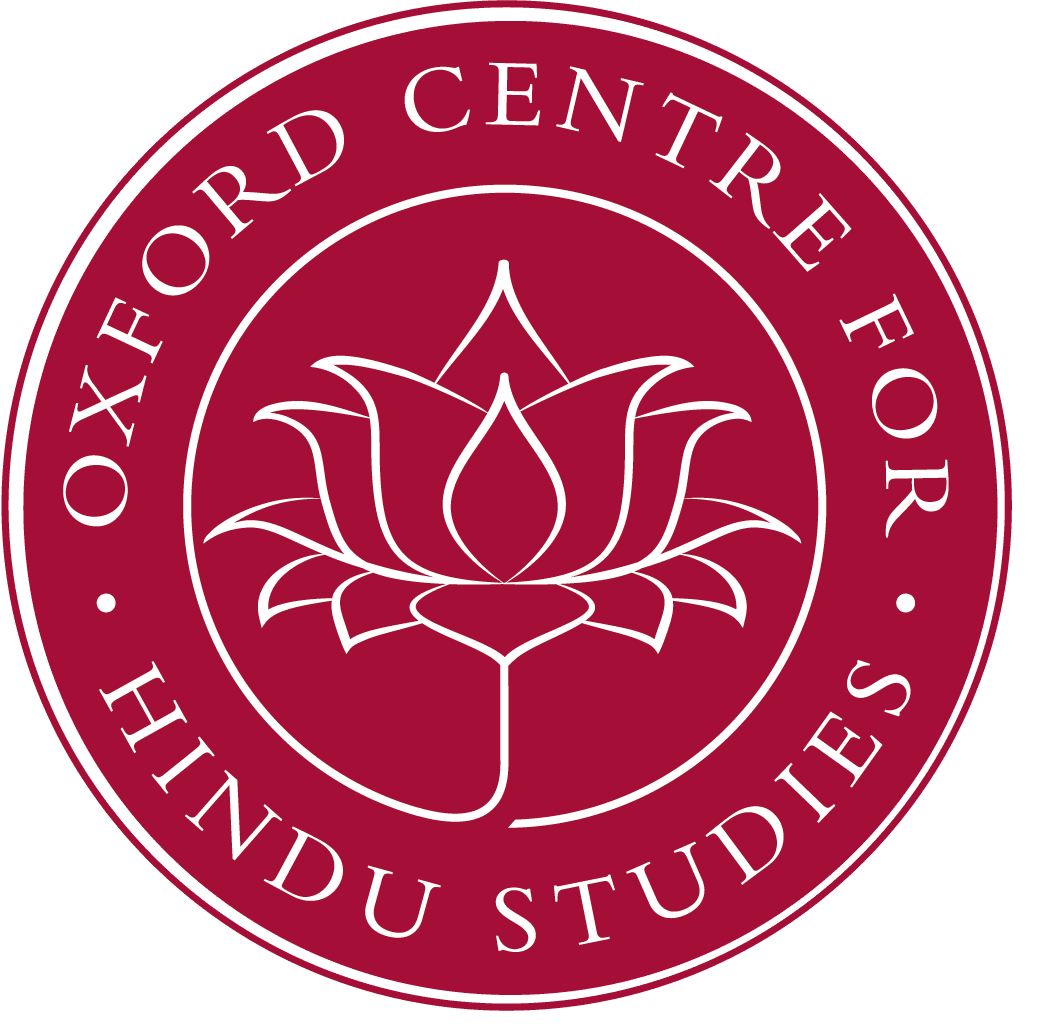The Netra Tantra is an important text of Śaiva tantrism popular in Kashmir some time between the eighth and eleventh centuries CE. These readings will use the KSTS edition along with two manuscripts from Nepal.
Lecture tag: Tantra
Readings in Netra Tantra: Session Three (MT 14)
The Netra Tantra is an important text of Śaiva tantrism popular in Kashmir some time between the eighth and eleventh centuries CE. These readings will use the KSTS edition along with two manuscripts from Nepal.
Readings in the Netra Tantra: Week Five (MT13)
The Netra-tantra is an important text of medieval Saivism. We will read the Sanskrit text based on two manuscripts from Nepal in conjunction with the KSTS edition.
Readings in the Netra Tantra: Week Eight
The Netra-tantra is an important text of medieval Saivism. We will read the Sanskrit text based on two manuscripts from Nepal in conjunction with the KSTS edition.
Readings in the Netra Tantra: Week One (MT13)
The Netra-tantra is an important text of medieval Saivism. We will read the Sanskrit text based on two manuscripts from Nepal in conjunction with the KSTS edition.
Readings in the Netra Tantra: Week Two (MT13)
The Netra-tantra is an important text of medieval Saivism. We will read the Sanskrit text based on two manuscripts from Nepal in conjunction with the KSTS edition.
Readings in the Netra Tantra: Week Three (MT13)
The Netra-tantra is an important text of medieval Saivism. We will read the Sanskrit text based on two manuscripts from Nepal in conjunction with the KSTS edition.
Readings in the Netra Tantra: Week Four (MT13)
The Netra-tantra is an important text of medieval Saivism. We will read the Sanskrit text based on two manuscripts from Nepal in conjunction with the KSTS edition.
Yeats’s Tantric Synthesis
In his final decade, the poet William Butler Yeats embarked on several years of study and collaboration with Shri Purohit Swami, an Indian monk. Though their partnership chiefly led to English translations of the Upanishads and the Yoga S?tras, Yeats found himself deeply attracted to Tantra. Having read some of Sir John Woodroffe’s texts, and having been instructed in Tantra by Purohit, he incorporated Tantric principles into his later work, including his 1937 revision of A Vision and several later poems. Just as he once wrote that Nietzsche completed Blake, Yeats found that Tantra completed Nietzsche, offering a vision of the cosmos that divinized the full range of human experience. This talk will address how Yeats’s fascinating, if often flawed and self-serving, poetic appropriation of Tantra informs some of his major late works.
The Tantric Deliberations of Octavio Paz
The Mexican poet and essayist Octavio Paz is largely thought of as a Latin American writer, but both his roots as a writer and his fields of interest extended around the world, and Indic traditions held a particular fascination for him. In 1952, en route to a diplomatic post in Japan, Paz first travelled in India; he returned as Mexican ambassador in 1962, remaining until he resigned his post in 1968 in protest over the Mexican government’s mistreatment of student demonstrators. During his years in India, Paz took a special interest in Tantra, and Tantric thought and imagery figures in many of his finest works, from Sunstone (1956) through the poems of East Slope (1969) and beyond. He also wrote several essays on India and its traditions. This talk will focus on how Paz incorporated Tantric elements into his poetic vision, which not only sustains a delicate balance between the One and the many but also returns repeatedly to questions of subjectivity and consciousness.
